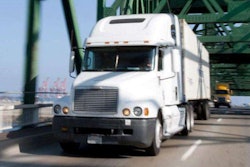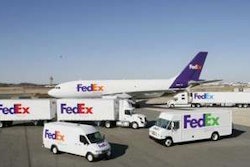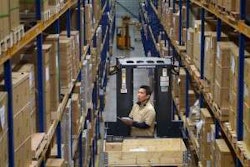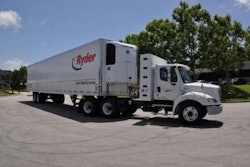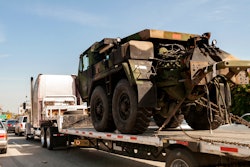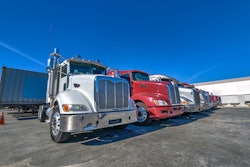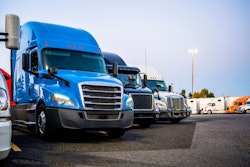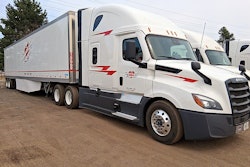Inefficiencies across the board are severely hampering commercial vehicle fleets across the country, according to Mike Delaney, president and chief executive officer of WheelTime, a national network of repair shops for commercial vehicle repair and maintenance. Luckily, he says, emerging technology can radically change this current set of operating conditions – but only if OEMs, component suppliers, fleets, repair facilities and even technicians have the courage to embrace them.
Delaney – the keynote speaker at the Technology & Maintenance Council’s SuperTech Awards luncheon in Raleigh, N.C., sponsored by WheelTime – noted that a truck that’s down can easily cost $600-800 a day in lost revenue. “If that’s the case, then speed is price,” he says. “And quality – doing it right the first time – is speed. The fact is in our business today price, quality and speed are all non-negotiable.”
Delaney says there are millions of dollars being wasted every year because of the “friction” in the way fleets and service providers interact. “Systems don’t talk to each other,” he says. “Phone calls don’t create a data trail. A lack of information creates delays in getting trucks moving, and a lack of trust means too many people spend their days double-checking invoices or renegotiating them. It’s not optimal as a means to maximize uptime. Maybe that’s why only 25 percent of the $36 billion spent on service is spent with outside service vendors. Often, current processes don’t seem like a system as much as a set of piecemeal solutions which have evolved from a long series of bad experiences.”
But the technology now exists to change much of this, Delaney adds. He notes that some fleets today are quietly working with suppliers to create processes that link in-house shops and outside vendors through a seamless, transparent service system that reduces cost, stress and downtime. To make it work, suppliers are being asked to comply with specifically defined repair, communication and billing protocols for moving trucks through the repair process quickly, and data smoothly between computers. “The goal here is to reduce backroom congestion, eliminate rework and shorten vehicle time out of service,” Delaney says. “Benchmarking reveals a rapidly widening maintenance cost gap between fleets already – as much as 15 cents per mile within similar applications. These types of innovations in maintenance practices will only widen it.”
Today, Delaney says, it’s possible today to push a request to a service provider electronically and get a reliable response in minutes. That request can be accompanied by a wide variety of data – including warranty information, truck specifications and fault codes – that will begin to set up a repair order even before the truck arrives. Predefined maintenance operations times and pricing terms can ensure 100 percent invoice compliance with upfront approvals, and communications throughout the process can be documented, time-stamped, combined with pictures and technical information, and archived by unit number for quick reference. At the end of the process, measures of service efficiency, along with complete VMRS coding, can be transmitted directly into the customer’s system.
“Linking suppliers and fleet systems together like this drives out costs for everyone,” Delaney says. “In the end, it’s still about people trusting people to be reliable, but adding a trust in systems adds an additional layer of efficiency and speed unachievable in any other way. To move faster, we have to know, not think, that partners will perform in pre-agreed ways – that the service experience will be predictable, positive and consistent. When we pass a McDonald’s on the highway, we already know what’s on the menu. Why should we have to wonder what’s on the menu from one truck service location to the next?
“This is where the industry is going now – has to go – for us to keep up with the increasing demands of trucking today, and an economy that won’t give us a break. When we openly share information with a mutual goal of optimizing the efficiency of all parties, we open the door for quantum leaps in productivity for everyone.”



